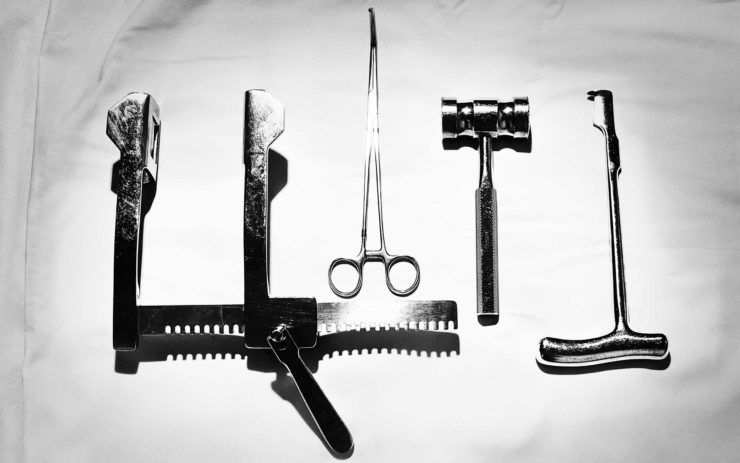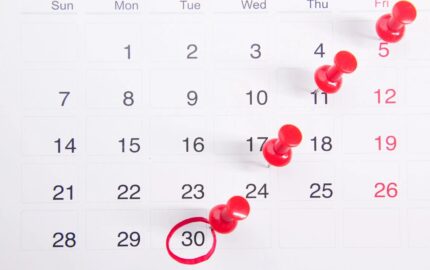This was a special week on Storyboard: We spotlighted stellar literary journalism about America’s gun violence epidemic from the Huffington Post’s Highline, the Los Angeles Times, The Washington Post and Mother Jones. It was a joint effort with sister site Nieman Reports, which posted this great story in Nieman Reports on how newsrooms are covering mass shootings. I’d love to hear your suggestions on other stunning stories about this plague. Oh, and I’d like to give a shout-out to contributor Davis Harper, who really hustled in landing three of these stories.
Jason Fagone and “What Bullets Do to Bodies.” By the time Jason Fagone started reporting his story for Huffington Post Highline, gun violence had become a genre in journalism, the subject (sadly) of thousands of articles. He wanted to tell it a different way, and chose Dr. Amy Goldberg as his lens. He said: “I thought it would be worth doing because trauma surgeons see a part of the epidemic that the rest of us don’t. They’re really the only ones that can’t look away from gun violence, because it’s their job to fix people who are hurt.”
The soundtrack: “Gunshot,” by Lykke Li. One of my best music friends loves Lykke Li. This song reminds me that I need to listen to her more. “And the shot goes through my head and back/Gunshot, I can’t take it back.”
Thomas Curwen and “Surgeon races to save a life during L.A.’s “shooting season.” This is a particularly fascinating Annotation Tuesday! for me to read, because I edited this story that gives you a front-row seat to a surgery. (Wear goggles for the possible arterial spurting of blood.) I see Tom’s great pacing and the real velocity of the piece. And here and there I found a few things I wished we’d tweaked a little. But isn’t it always thus? Tom is one of my favorite writers. I recommend looking up some of his stories (and even a previous annotation I did of one of them.)
The soundtrack: “Someone Saved My Life Tonight,” by Elton John. I don’t think of myself as an Elton John fan, but when he played at Outside Lands in San Francisco a few years ago, I realized I loved quite a few of his songs. “Tiny Dancer” and “Rocket Man,” especially.
One Great Sentence:
“The fact was it felt good to be angry, to yell and curse, because if she wasn’t angry then she was mostly afraid: of nightmares, of being alone, of the shadows in the church parking lot across the street, of cars backfiring, of the sound of knocking coming now at the door.”
Eli Saslow, “A survivor’s life,” The Washington Post, December 5, 2015.
Read why we think it’s great here.
Mark Follman and “The true cost of gun violence in America.” Mother Jones reporter Mark Follman talked to Davis Harper about about his landmark investigation into the staggering price of the firearms epidemic: an estimated $229 billion a year. Follman said of the data-driven piece: “We really had two components we set out to do. One was to figure out the data equation, which was quite complex, to figure out the methodology and then gather that data and analyze it. Then the other component was that I knew from the outset that I wanted to have a narrative story to wrap around it so that people would be able to relate to it.”
The soundtrack: “The Cost of Living Is Killing Me,” by the Skints. First hint that this is a British band: the name, which is the word they use for broke (in the no-money sense). Second hint: the heavy dub/almost triphop vibe.
What I’m reading online: The Nieman Reports story I mentioned above is a treasure trove of literary journalism on the subject of gun violence. Here are a few:
Washington Post writer Terrence McCoy told the story of a 9-year-old girl who was accidentally shot to death by her 3-year-old brother. McCoy told Nieman Reports: “I had been thinking about how to write about gun violence, and it struck me that so much of the media narrative was focused on these horrific acts of terrorism or mass shootings. But when you look at the whole of gun violence in America, that’s just a drop in the bucket.” And you think of this family left forever scarred, and no longer whole, by the violence of their own gun.
But perhaps even more moving is the Precious Lives Project, a two-year, 100-part radio series about young people and gun violence in Milwaukee. “Because we were committed to revisiting it every week, we could revisit people,” Emily Forman, a former producer on Precious Lives, told Nieman Reports. “We could go from talking to a family to the beat cop to the faith leader. You could draw connections between people, even in completely different parts of the city, so you could see how people knew each other and that violence isn’t discrete. It radiates.”
What’s on my bedside table: “El Hombre Negro,” by Maurice Leblanc. Actually, I’m not going to read this — a French writer translated into Spanish, a language I barely know. But I thought the cover fit the theme of the week, with its pulp-fiction gunman. I love this bio of him on Goodreads: “Maurice Leblanc began as a journalist, until asked to write a short story filler, and gentleman thief (later detective) Arsène Lupin, more gallant and dashing than English counterpart Sherlock Holmes.”
What’s on my turntable: “Butch Cassidy and the Sundance Kid,” by Burt Bacharach. I chose this soundtrack for the movie’s gun ethos, but especially for the last moments of the film. The frozen image of them running out to fusillade after fusillade of gunshots haunts me more than seeing them riddled a la “Bonnie and Clyde” ever would. And the soundtrack has lovely moments. (That does not include “Raindrops Keep Falling on My Head.”)
If you want to chat about storytelling (or music), I’m Storyboard editor Kari Howard, and you can reach me at editor@niemanstoryboard.org. Or you can find me at @karihow on Twitter.



